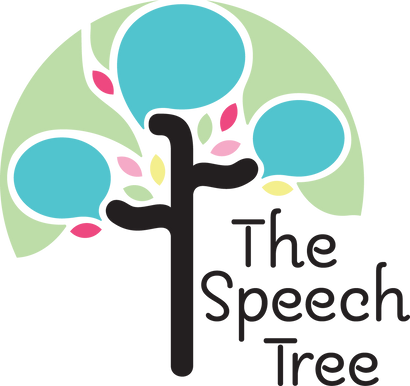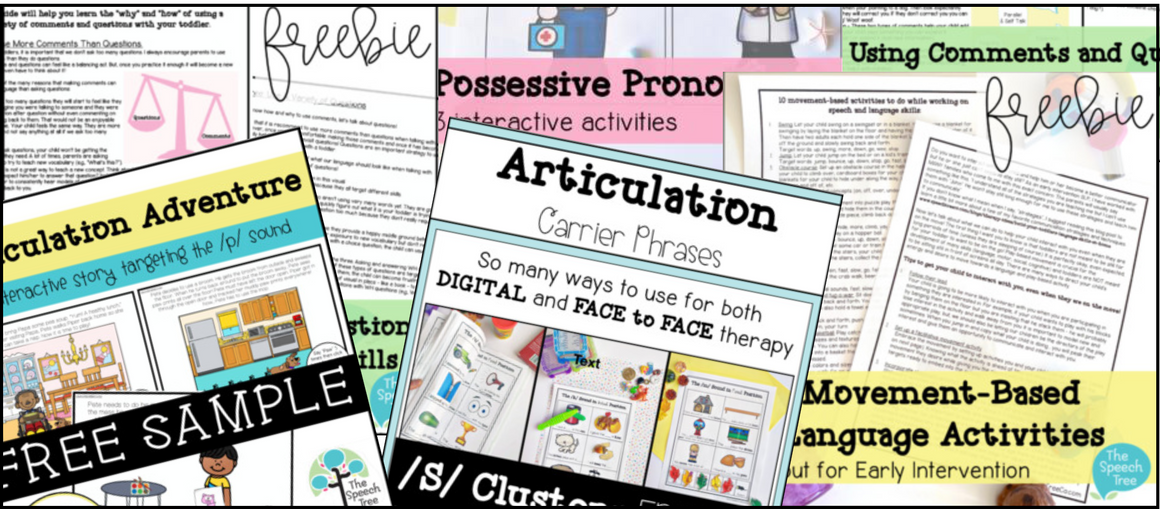How to Incorporate Play into Minimal Pairs Therapy

Play-based therapy is my SLP love language. I work with EI & preschool so there really is no other way in my book.
Let’s look at some of the benefits of play-based therapy:
- The child is intrinsically motivated during play which enables them to be more engaged and actively involved in the activity.
- Play helps children have a more positive attitude towards learning and allows them to create more meaningful connections between the content being taught and their real-life experiences.
- Play not only helps with the development of language skills but also facilitates growth in social, emotional, physical, and cognitive development as well.
Paul, R. (2001). Language disorders from infancy through adolescence and assessment and intervention. St. Louis, MO: Mosby, Inc.
But what about using play while addressing speech sound disorders?
I have personally found so much success incorporating play into my phono sessions. But, what does the research say about it?!
Well… I couldn’t actually find any research specifically about using play while addressing speech sound disorders (if you know of any, drop it in the comments!). But, we can look at the research for each approach individually and use our clinical expertise to make informed decisions.
So, let’s focus on minimal pairs therapy. What does the research say about that?
- Minimal Pairs is an evidence based phonological intervention.
- The approach uses pairs of words that differ by one phoneme. These pairs are used to emphasize the semantics/meaning of the words in naturalistic contexts.
- The approach focuses on familiarization (teaching the meaning of the words to your student), auditory discrimination (child picks up the card as the adult reads the word), and production (child practices producing the word pairs).
Barlow, J.A., & Gierut, J.A. (2002). Minimal pair approaches to phonological remediation. Seminars in Speech and Language, 23(1), 57-67.
Taking into consideration the research on both play-based therapy and minimal pairs therapy, you could see how combining the two could result in some great therapy sessions.
I have seen success incorporating play into my minimal pairs therapy due to the increase in the child's motivation and participation. There is also a greater semantic connection to the target words and the child's actions than there is when you are just using picture cards. The child's production of the minimal pairs set has a direct impact on the actions that are performed during play (I'll give some examples of what I mean by this in just a moment).
I structure my play-based minimal pairs session keeping in mind the 3 phases of the minimal pairs approach.
Here is how my sessions are structured:
1️⃣ First, I look at the minimal pairs sets that I have already chosen for my client. Using fronting as an example, I might have the sets: cape/tape, key/tea, bike/bite, go/dough
2️⃣ Next, I consider the toys and activities I have in my therapy room and I choose one pair that would work well with those things. I am looking for items that will allow for natural opportunities to produce the words in the set. For example, if I am working on go/dough, I might choose a toy car and some play doh. We could use the dough to make a road for the car to "go", hide the cars in the dough then take them out and have them "go" race, etc.
3️⃣ Finally, I follow these steps during our play:
- I teach the words to ensure understanding. They might have already been familiarized with the minimal pair set but now that we are incorporating toys into the mix, we need to make sure the student understands the meaning these toys hold.
- I organize a play-based activity to elicit trials of both words in the minimal pair set.
- Once the child is becoming more accurate with their productions, I organize a play-based activity to elicit just productions of the target pattern.
EXAMPLE OF A SESSION:
Child is fronting. I choose tape/cape as the target. I let the child cut out a cape out of construction paper and I grab blue painters tape. I spend a moment explaining each item and the meaning of the words we will be working on. Then, the child and I tape mini objects around the room. We talk about how these minis are in trouble and we need our super hero cape to save them. We fly the cape around the room, removing the minis and taping them to the cape. During this we are pausing before removing the minis and placing them on the cape to get several trials of these two words. Once all the minis are saved, we talk about what is on the cape while only getting productions of the target pattern: "cape". If you'd like to see a video of this example, you can click HERE.
MORE IDEAS:
If you like that idea and want more, I have two resources (both under $4) that you have to try out! One for FRONTING and one for FINAL CONSONANT DELETION.
These resources are packed with ideas about how to incorporate play into your phonological interventions. Just click one of the photos below to check it out.
Like many of my resources, both of these incorporate mini objects. Mini objects are my favorite tool in my play-based therapy tool belt.
Leave a comment
Comments will be approved before showing up.






